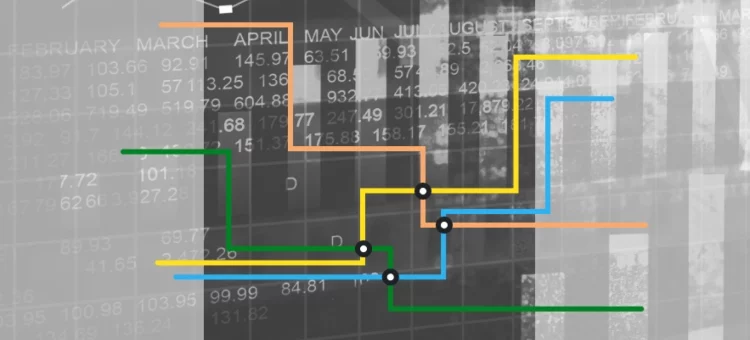Can you put a price on innovation? That’s what OpenAI, the maker of ChatGPT and one of the hottest companies in Silicon Valley is trying to do. The trendy company gained interest recently by using a survey to help decide how they should price the premium version of their paradigm-shifting product.
There’s a name for this type of survey technique: the Van Westendorp Price Sensitivity Meter, named for the Dutch economist who helped develop it. Van Westendorp surveys are a great way to get a sense for the true value of a product or service. Generally consisting of four key questions, the survey helps users arrive at a fair and balanced perspective of the ideal price range by plotting the upper and lower limits of customers’ perceptions of the product value and personal comfort zone.
For ChatGPT, there isn’t a lot of precedent to use as a baseline; they’re pricing a product with a totally novel customer base. But even in established markets for familiar products, the circumstances that define ideal pricing are changing constantly. Products get more or less desirable as world events happen, key competitors enter or leave the market, or customers themselves change. Companies need to be prepared to assess these shifts as they happen. Here’s how to use a Van Westendorp survey to do that.
Want to price your products for maximum revenue?
Discover what your target audience will pay for your product and determine the ideal price point using industry-proven Van Westendorp methodology.
The 4 key questions in a Van Westendorp survey
Most pricing surveys consist of some variation of these four questions:
- At what price (or price per month) would you consider [product] to be so expensive that you would not consider buying it?
- At what price (or price per month) would you consider [product] to be priced so low that you would feel the quality couldn't be very good?
- At what price (or price per month) would you consider [product] starting to get expensive, so that it is not out of the question, but you would have to give some thought to buying it?
- At what price (or price per month) would you consider [product] to be a bargain--a great buy for the money?
These are great because they force your customers to slow down and consider your product or service carefully, and they ultimately give you a range of acceptable price points. It’s important to know both the high and low points of the range so that you can not only determine the optimal price point, but also understand how much wiggle room you have if expenses increase or you want to undercut a competitor.
Asking four indirect pricing questions, rather than just one (how much they think the product is worth) also keeps buyers from deliberately low-balling in an effort to bring the price down.
Charting your pricing survey responses
When you have all your responses in, your next step is to plot them out in a graph where the X-axis is the price and the Y-axis is the percentage of total respondents. You will graph out the responses for all four questions. Here’s a chart from our analysis of streaming services as an example.

As you move from left to right and the price gets higher, the percentage of people who think your product is “not a bargain” or “too expensive” increases, while the percentage of people who think it’s “too cheap” or “a bargain” decreases. But it’s important to see how all of those overall percentages relate to each other.
The place where the percentage of people who still consider the product “too cheap” and those who already think it’s “not a bargain” overlap is the point of marginal cheapness. For the streaming services example, that’s 11 dollars a month. The place where some folks think it’s “too expensive” and others think it’s “not expensive” is the point of marginal expensiveness—in this case, 16 dollars a month. Together, those two numbers make your range for acceptable prices.
What about the optimal price point, then? That’s the place where the people who think your product is “too cheap” and the ones who think it’s “too expensive” come together. In this case, the answer is, again, 11 dollars a month. The reason this price is considered optimal is because it limits the number of customers who will be dissatisfied with your product. People won’t consider it lower quality for being too cheap, and they won’t be frustrated by it being too expensive.
Of course, the “optimal price point” is really optimal from the customer appeal point of view. It doesn’t take into account things like the competitive landscape, your brand, or the cost of doing business in your industry. It’s intended as a starting point, not a be-all-end-all. If you'd like a more sophisticated version of Van Westendorp pricing, we have a purpose-built model available as a standalone solution.
Pricing is a sensitive topic, but having data to guide your strategy makes it much easier to make the right decisions for you and your customers with confidence. After all, if a company famous for its data-trained AI thinks they’re good insights, they’re probably good insights.




